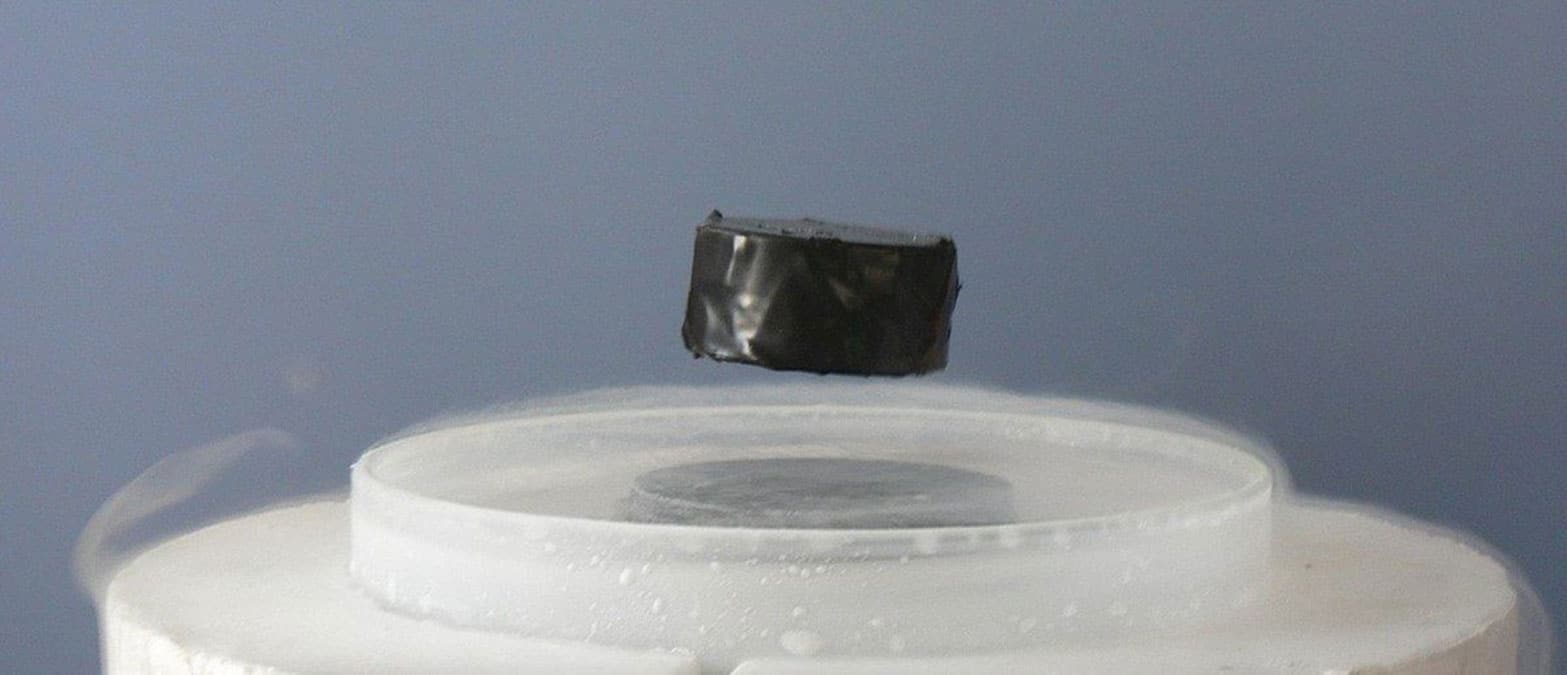From decades various scientists are trying to figure out a better way to boost superconductivity temperatures. They think “it will be the best way to induce superconductivity in non-superconductive materials. It will also open up new ways to make superconductive materials work at even higher temperatures.”
Superconductivity is the property of metals that has zero electrical resistance at very low absolute temperature. Generally, a low temperature is required for the material to behave as a superconductor. But for the first time, scientists from the University of Houston have figure out superconductivity in a non-superconductive material.
Scientists have discovered a new technique that has an old concept. The concept was previously used in 1970, but still, don’t have proof. It could lead to ways to make existing superconductors cheaper and more efficient at higher temperatures. For example, superconductor used in MRI machines or maglev trains.
Superconductive materials could reform lots of other industries if they are commercially feasible. Additionally, they could also make our electricity grids a whole lot more efficient.
Lead researcher Paul C. W. Chu said, “Superconductivity is used in many things, of which MRI (magnetic resonance imaging) is perhaps the best known.”
Currently, we are using such materials to pass electricity from power plants to our home loses 10 percent of energy. But superconductors wouldn’t lose any electricity. That’s the reason, utility industries companies could provide us more power without generating any more electricity.
Scientists said, “In order to achieve zero electrical resistance, superconductors need to be cooled down at around –269.1 degrees Celsius. Even the best superconductors can’t achieve superconductivity above –70 degrees Celsius.”
Scientists have induced superconductivity at the point where two phases of a material meet – known as the interface. They get this in calcium iron arsenide (CaFe2As2). CaFe2As2 is a material that’s non-superconductive.
Scientists said, “We can say, it is the only way to achieve enhanced TCS. Through this, we can take advantage of artificially or naturally assembled interfaces.”
“Our work clearly demonstrates that high Tcs in the well-known non-superconducting compound CaFe2As2 can be induced by antiferromagnetic/metallic layer stacking and provides the most direct evidence to date for the interface-enhanced Tcs in this compound.”
Working of this technique to create superconductivity in non-superconductive materials:
Scientists have taken the material and heated it to 350 degrees Celsius. They have to do this to achieve a process known annealing. It is the process where the material cools slowly after being heated. This process caused two distinct phases in the calcium iron arsenide to occur as it cools unevenly.
Scientists then identified superconductivity at the point where the two phases coexist. It proves that the interface hypothesis is real.
As a result: The calcium iron arsenide achieved superconductivity at around 25 Kelvin. But it is not satisfactory to be used in industrial scale.
Scientists are now taking next step toward figuring out ways to make existing high-temperature superconductors more efficient at these interface points.
There’s a long way to go before this technique is used commercially. But it will be a promising step towards developing cheaper and better superconducting materials.
